Around the world, many small communities have distinctive cultural practices and
beliefs. Anthropologists and cultural historians have documented many small
communities worldwide.
While these villages evolve with the modern world, they retain unique traditions that reflect the historical development of their environmental challenges and social structures. Their practices can be highly informative about how different societies have
developed ways to understand and interact with their surroundings.
Colobraro, Southern Italy
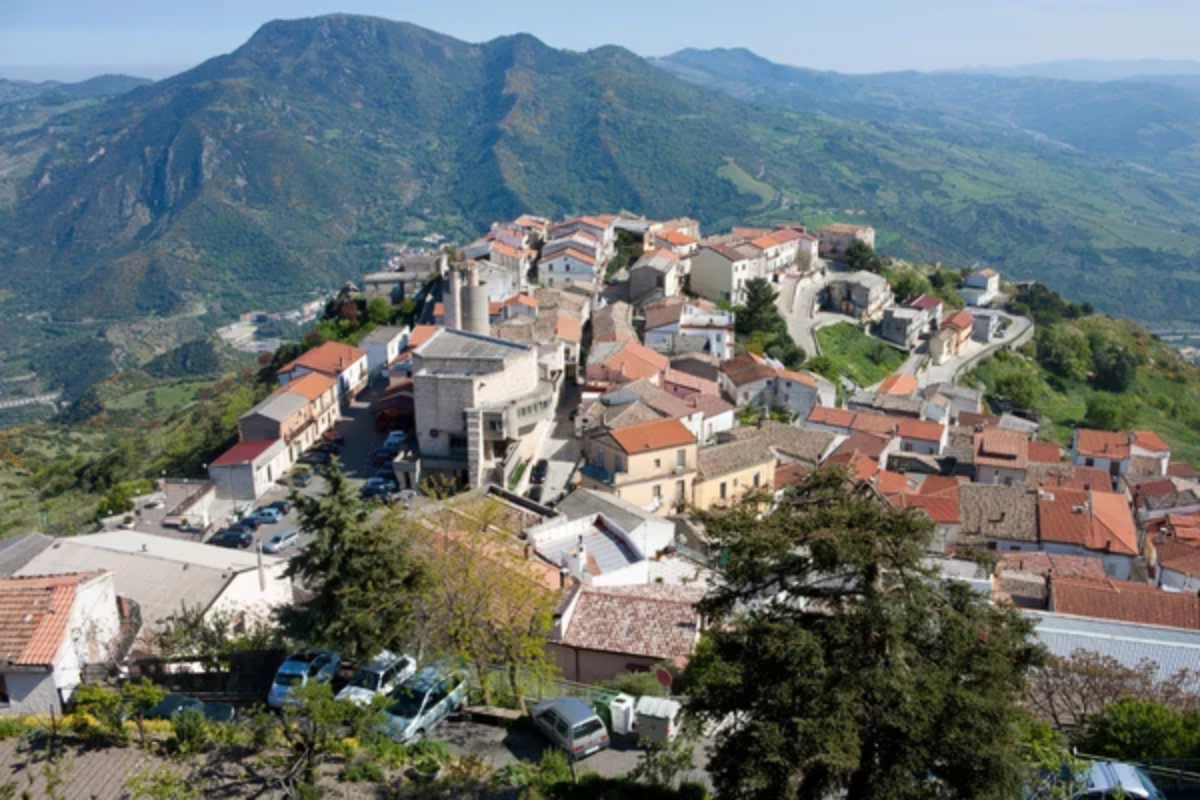
This tiny village in Basilicata is infamous for its connections with bad luck in regional
mythology. Locals participate in the recorded annual summer fair, ‘Notte della Magia’
(Night of Magic), which honors the village’s reputation through theatrical
performances.
Although the town has adopted a folkloric identity, most locals consider such traditions part of their heritage rather than facts. The town’s reputation arose in the early 20th century.
Toraja, Indonesia
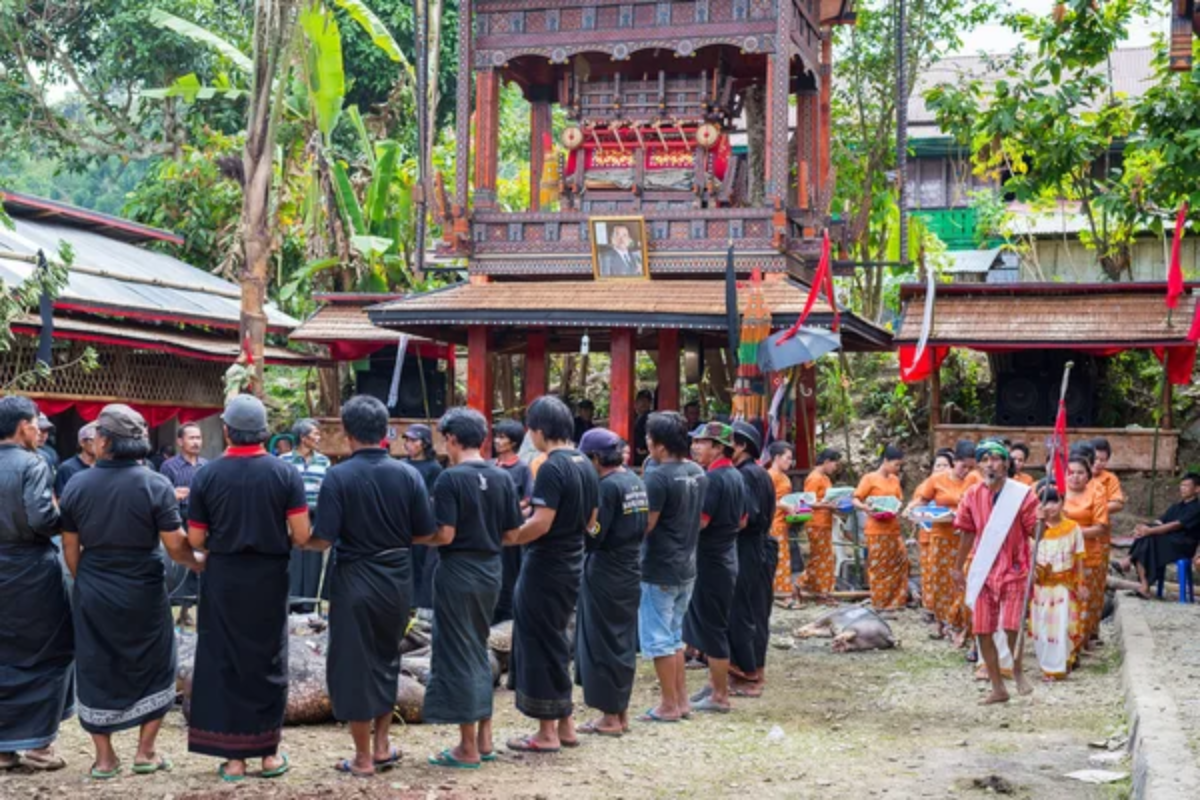
The Torajan people of South Sulawesi, Indonesia, have highly documented funeral
rites that anthropologists have extensively studied. Families have substantial savings
to undertake the costly Rambu Solo rituals, which take several weeks or months
after someone has passed.
Traditionally, community gathering points are traditional Tongkonan houses with architectural boat-roofed designs. Such customs and practices are widely featured in academic literature discussions and writings.
Like Travel Pug’s content? Follow us on MSN.
Siquijor, Philippines
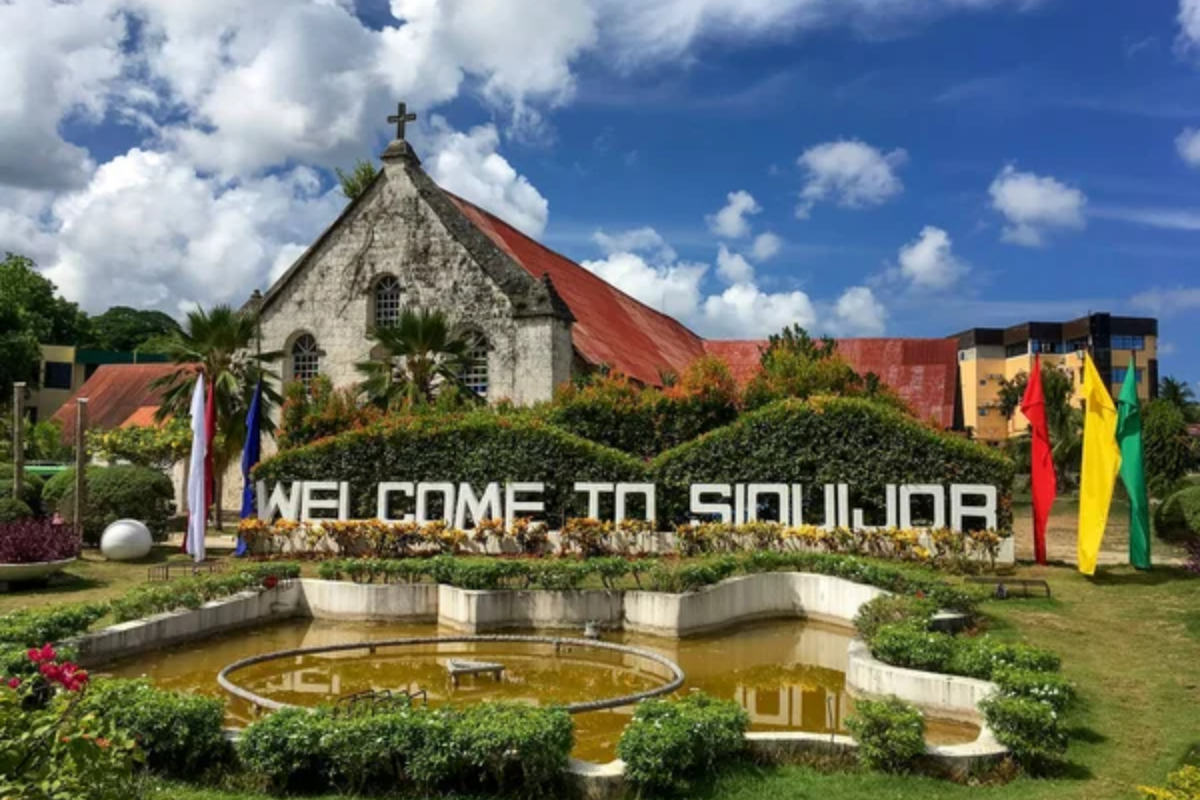
This island preserves traditional healing techniques, a product of Indigenous
knowledge combined with Catholic influences. Mananambal, or the local healers,
administer medicinal plants whose properties have been scientifically investigated for
their therapeutic use.
During Holy Week, the Folk Healing Festival is celebrated among locals and researchers keen on traditional medicine. Anthropological studies have recorded the integration of these practices with modern health services.
Whittlesea, England
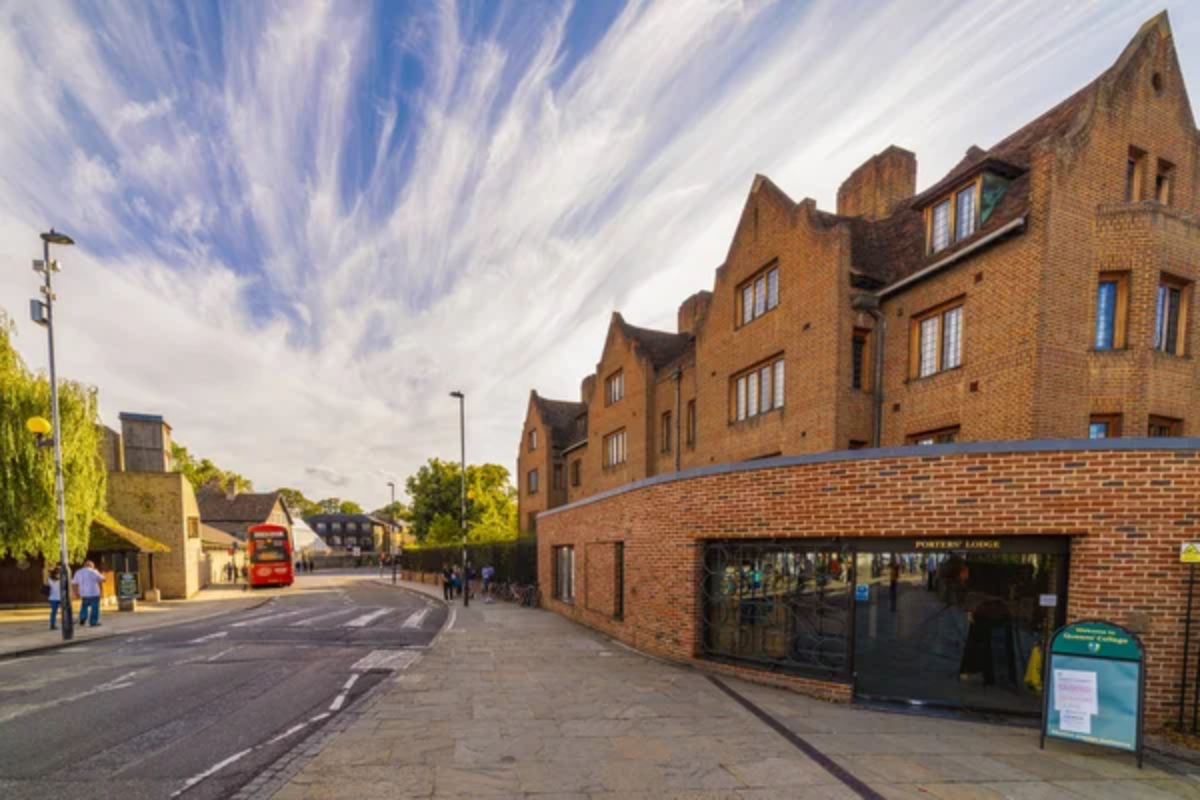
This Cambridgeshire town preserves the historical Straw Bear Festival, revived in
1980 based on 19th-century records. The celebration occurs annually in January and
features a person dressed in straw dancing through the town.
Historical documents trace this tradition to the agricultural customs of the Fenland area. The festival represents a documented example of renewed interest in preserving local heritage.
Nkonya, Ghana
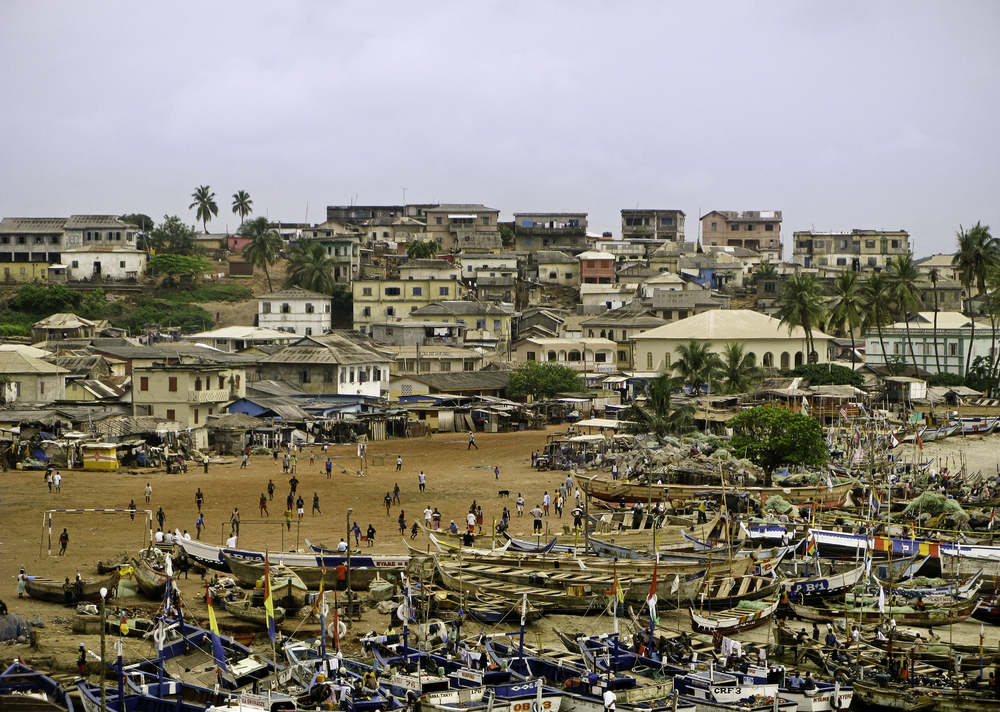
This community maintains traditional practices that cultural anthropologists have
studied. Environmental researchers have recognized the sacred grove system as
vital to local conservation efforts.
Village elders continue to document customs of conflict resolution and community decision-making. Traditional ceremonies follow agricultural cycles that align with seasonal patterns.
Like Travel Pug’s content? Follow us on MSN.
Ushguli, Georgia
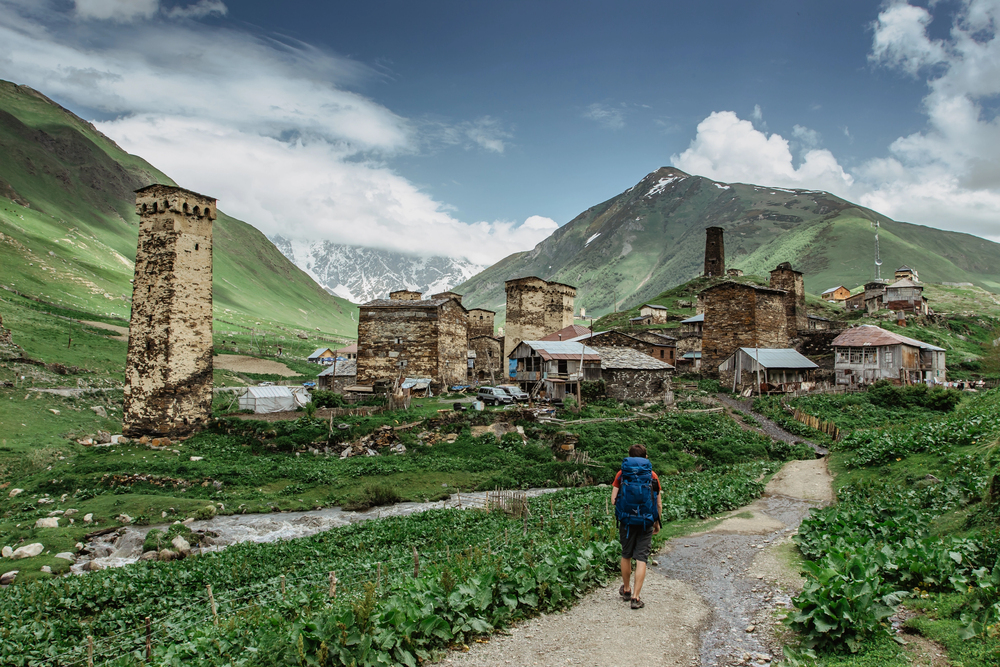
This UNESCO World Heritage site in Upper Svaneti preserves medieval defensive
tower architecture and documented social customs. The community maintains
traditional conflict resolution methods that legal anthropologists have studied.
UNESCO has recognized local musical traditions, particularly polyphonic singing, as
intangible cultural heritage. The towers serve practical defensive purposes while
reflecting historical social organization.
Kuldhara, India
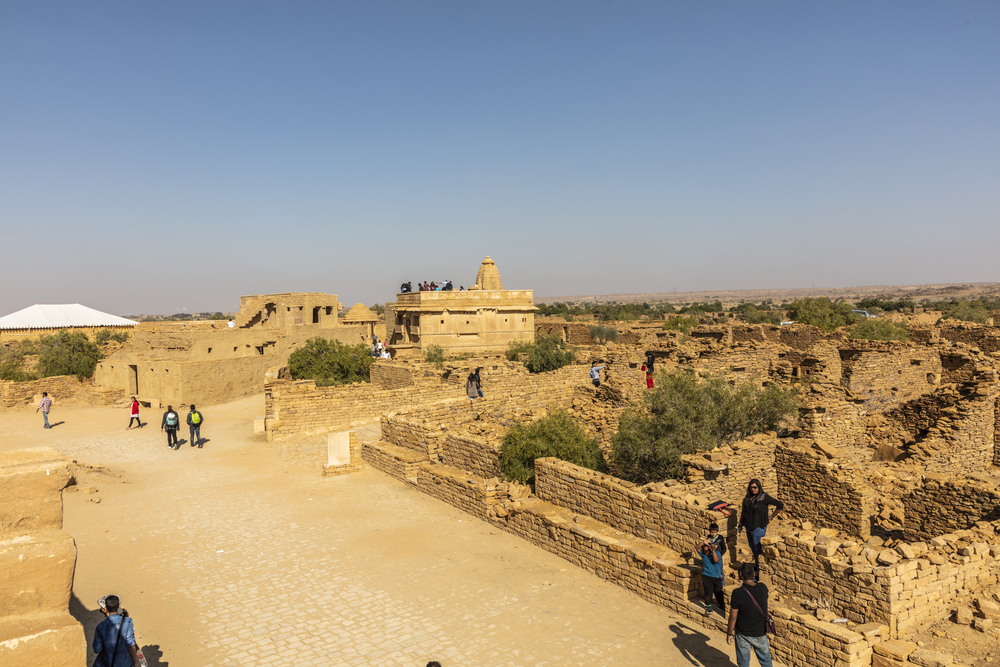
This old deserted village in Rajasthan is an archaeological record. It is known from
historical documents that the site was abandoned in the early 19th century for
economic and political reasons.
Archaeological research has brought to light the prosperous trading past of the village. The place is now a significant historical monument under the Archaeological Survey of India.
Monsanto, Portugal

This village, constructed among granite boulders, is an impressive example of
architectural adaptation to natural terrain. Architects and preservationists have
studied traditional building techniques.
The community documents customs concerning agricultural cycles and seasonal celebrations. Local crafts, such as weaving and embroidery, are typical regional artistic traditions.
Like Travel Pug’s content? Follow us on MSN.
Theth, Albania
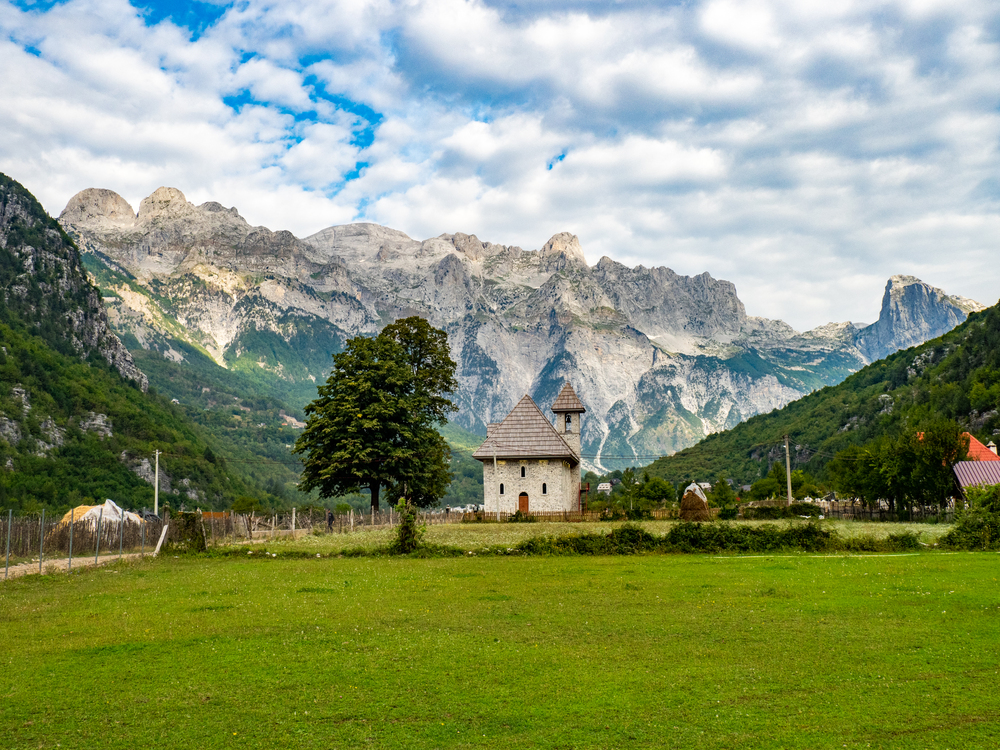
This remote Alpine village preserves traditional Albanian customary law elements
known as the Kanun. Anthropological studies have documented the community historical hospitality and honor code practices.
The village’s isolation has contributed to the preservation of distinctive architectural styles. Local agricultural methods reflect adapted farming techniques for mountainous terrain.
Wae Rebo, Indonesia
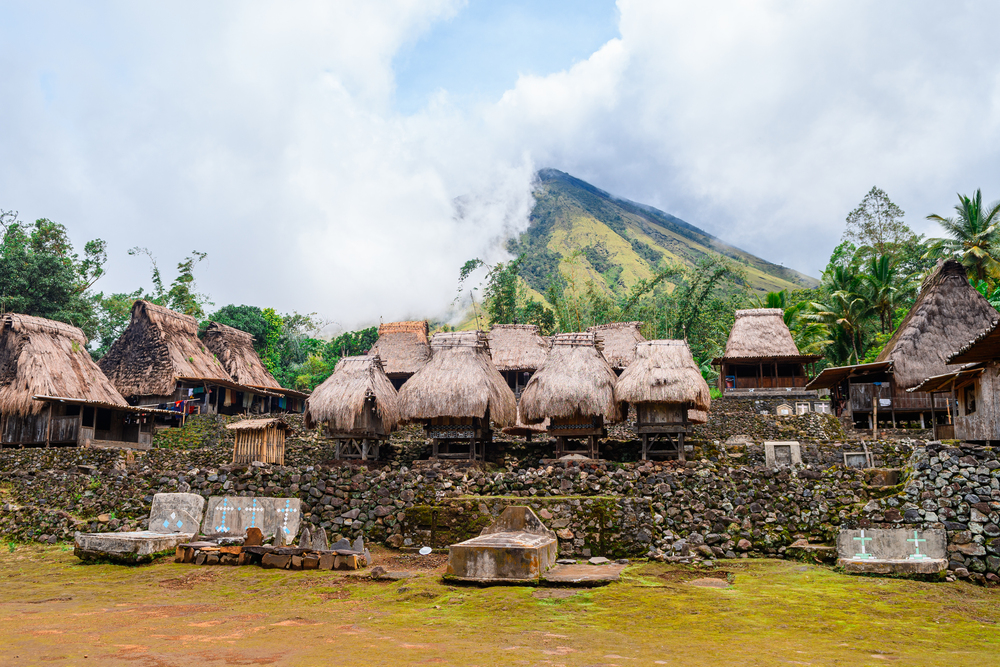
This village in Flores maintains traditional communal living structures called Mbaru
Niang. The architectural design has been studied and documented for its sustainable
building practices.
UNESCO has recognized the community’s efforts to preserve its architectural heritage. The seven-level conical houses serve practical functions while representing social organization.
Miyakojima, Japan
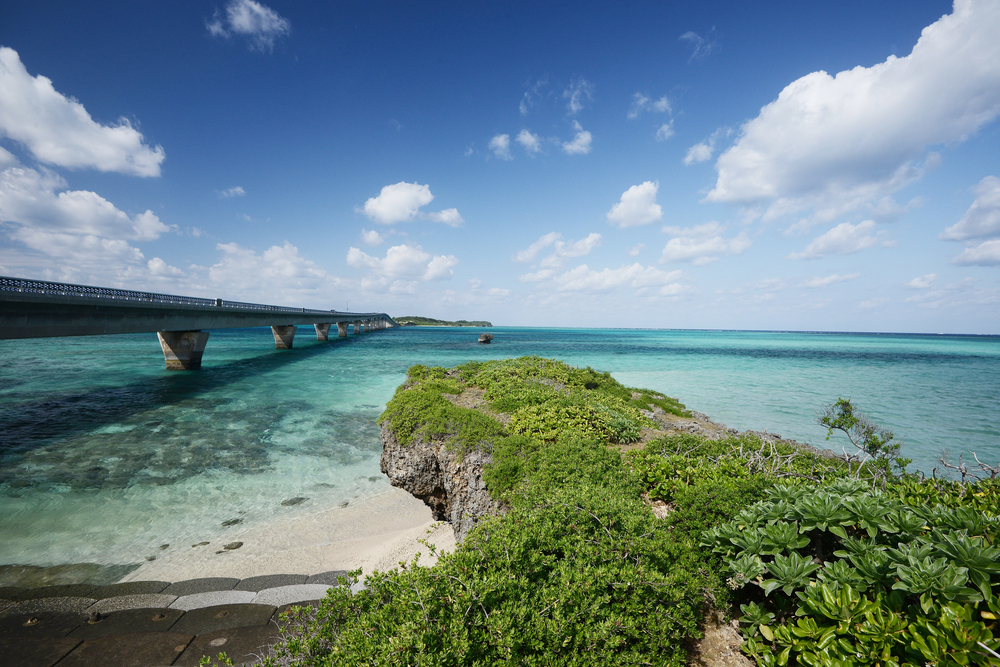
This Okinawan island community maintains documented traditions related to marine
resources management. Local fishing practices incorporate traditional ecological
knowledge that marine biologists have studied.
The community observes seasonal festivals that correspond with fishing and agricultural cycles. Environmental researchers have recognized traditional coral reef conservation practices. The village’s traditional weather forecasting methods, based on ocean current patterns and cloud formations, have been validated by meteorological studies.
Like Travel Pug’s content? Follow us on MSN.
Jukkasjärvi, Sweden
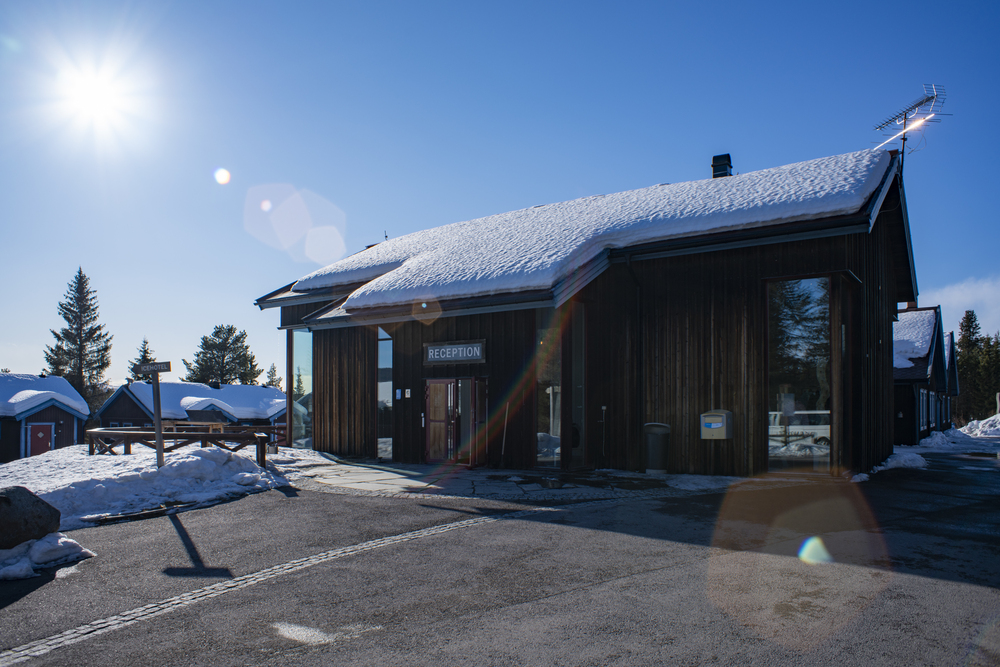
This village preserves extensively documented Sami cultural traditions. The
community maintains traditional reindeer herding practices adapted to Arctic
conditions.
Local craftspeople continue to document methods of making cultural items using reindeer products. The Ice Hotel project represents a modern adaptation of traditional cold-weather building techniques.
Ethnographers have studied the community’s traditional knowledge of snow conditions, which includes over 300 distinct terms for different types of snow and ice.
Zundert, Netherlands
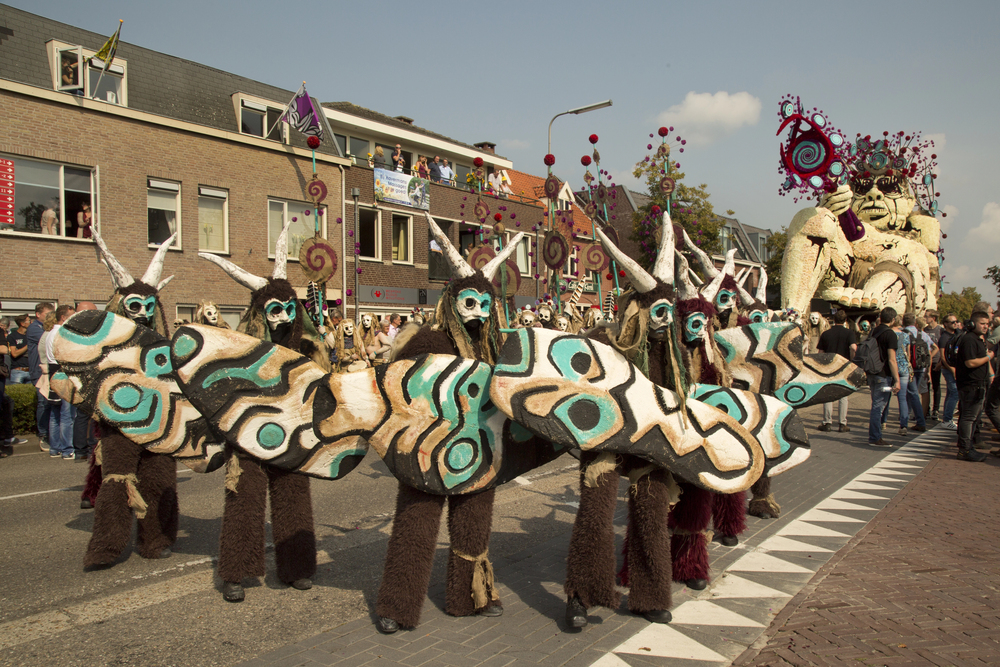
This community has maintained Europe’s largest volunteer-run flower parade since
Horticultural experts have documented local cultivation techniques for dahlias.
The village preserves traditional methods of float construction and floral
arrangement.
Community organizations maintain detailed records of parade history and development.
Huashan, China
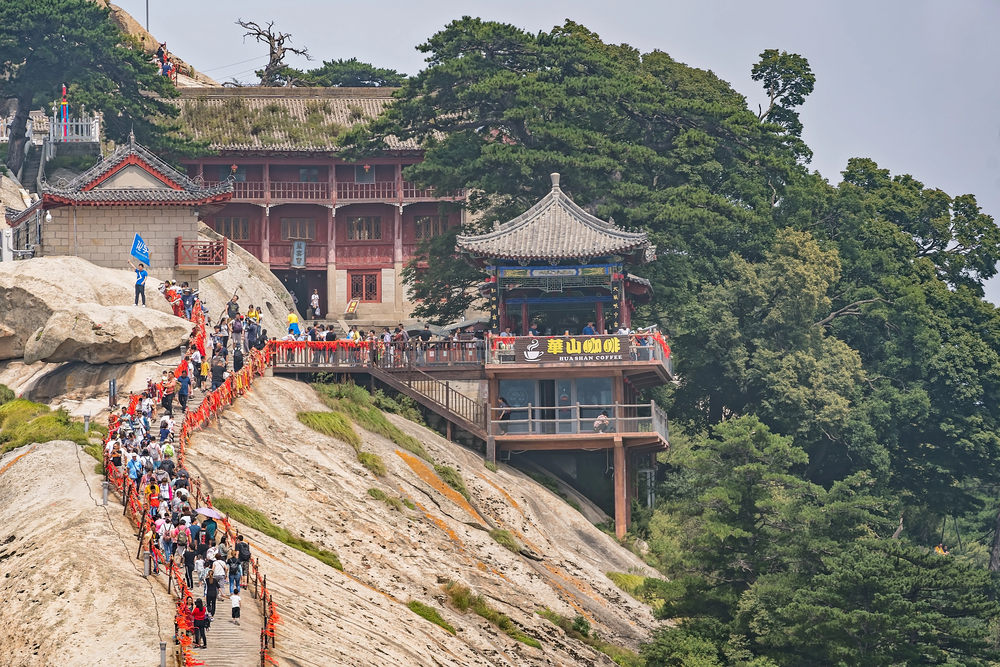
This mountain village has preserved traditional Taoist practices studied by scholars.
The methods of local tea cultivation reflect centuries of agricultural adaptation to
mountainous terrain.
The community maintains documented customs related to seasonal observances. Traditional architecture demonstrates practical solutions for building on steep terrain.
Researchers have documented the village’s sophisticated water management systems that utilize natural mountain springs.
Like Travel Pug’s content? Follow us on MSN.
Understanding Traditional Communities in Context
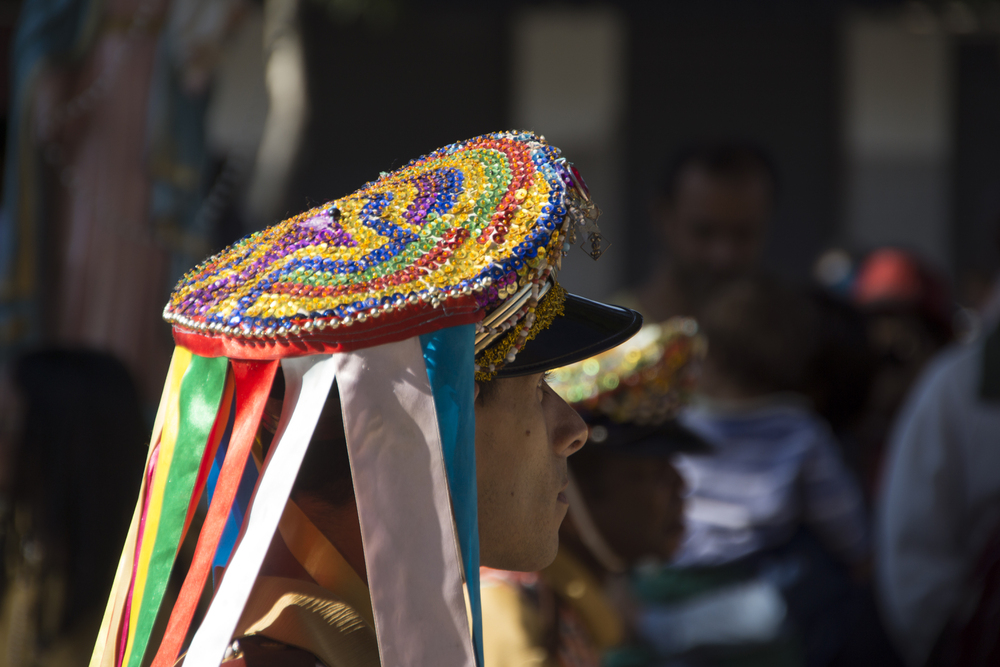
These villages are examples of communities that have maintained unique practices
while adapting to modern conditions. Their traditions, in academic research records
and historical records, illustrate practical adaptations to local environments and
social needs.
Outsiders may find some of these practices bizarre, but they are rational responses
to specific historical, environmental, and social conditions. These communities still
evolve while preserving aspects of their cultural heritage that remain relevant to
modern life.
More from Travel Pug

- 15 Dangerous European Cities to Avoid
- 15 Caribbean Islands Where Tourists Keep Getting Scammed
- The 20 Most Fascinating Abandoned Places: A Journey Through Time and Forgotten Spaces
- 15 Hidden Places in the Smithsonian Museums Locals Love: A Guide to Lesser-Known Treasures
- 16 Hidden Florida Beach Towns That Aren’t Overrun with Tourists
Like Travel Pug’s content? Follow us on MSN.
